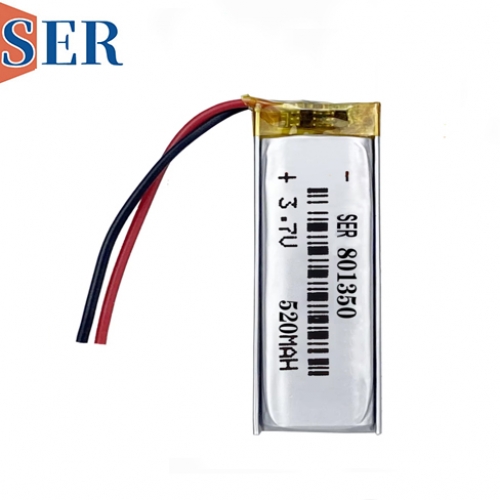The Knowledge about lithium-ion battery cryogenics
The Knowledge about lithium-ion battery cryogenics?
For lithium-ion battery, both national and industrial standards have strict limits on the minimum discharge temperature, which is not less than -20 ° C. And for the charging temperature, not only will discharge as a minimum temperature, even clearly defined at low temperature can only be charged at a small rate, and can not be fully charged (for example, 0 ~ 15 degrees can only charge by 0.2 C, and the upper limit voltage is 4.0 V) , for fear of users over the minefield half step. So the question is, why do lithium-ion makers impose such stringent limits when what users need is an all-round warrior who can handle both high and low temperatures? Let's start with lithium-ion battery performance. At the same rate, the lower the external temperature, the lower the discharge voltage of the lithium-ion battery. As shown below:

From the diagram, when the temperature is lowered, the battery discharge voltage is also greatly reduced, so that the battery will discharge at low temperature discharge to the discharge cut-off voltage faster, the discharge capacity at low temperature is obviously lower than that at normal temperature.( non-rechargeable lithium battery is not included,like LiSOCL2 battery, LiMNO2 battery and CP thin battery) It should be noted that the capacity of the lithium-ion battery at low temperature is not lost, but can not be fully discharged within the normal voltage range (≥3.0 V) . If the discharge cut-off voltage can be further extended, then you can release the remaining capacity. But the problem is too low voltage can not maintain the normal use of electrical equipment, so too low lower limit voltage (< 2.5 V) generally not too much discussion. Compared with the low temperature discharge, the low temperature charging performance of the lithium-ion battery is even less satisfactory, charging at low temperatures can quickly reach a constant voltage stage, reduce charging capacity to a certain extent, and increase charging time, as shown in the following diagram:

Moreover, when the lithium-ion battery is charged at low temperature, lithium ions may not have time to be embedded in the graphite anode, and thus precipitate to form metal lithium dendrites on the surface of the anode, the reaction depletes the battery's lithium ions, which can be recharged and discharged repeatedly, and dramatically reduces the battery's capacity. The metal lithium dendrites that precipitate can also puncture the membrane, affecting safety. The image of lithium on the surface of the lithium-ion battery anode after low-temperature charging is as follows:

Knowledge Window: lithium-ion battery low-temperature discharge capacity will be reduced, but after normal temperature charge and discharge can be recovered, is a reversible capacity loss, but low-temperature charging will cause lithium precipitation, is a permanent capacity loss.
Because of the greater risk of lithium evolution from low-temperature charging, the low-temperature charging of the lithium-ion battery is more tightly controlled than the low-temperature discharge. Many battery manufacturers now use a “Step charge” method to describe the charging conditions of a lithium-ion battery.
Here's a similar example to summarize: because the voltage platform of a lithium-ion battery is lower when it is discharged at a low temperature, therefore, the discharge capacity will be significantly reduced at low temperature, but this loss will be with the room temperature charge and discharge and automatically make up, is a reversible loss. However, for low-temperature charging, low temperature or high power will cause irreversible formation of lithium dendrites and irreversible capacity loss, and affect the safety of the battery.





